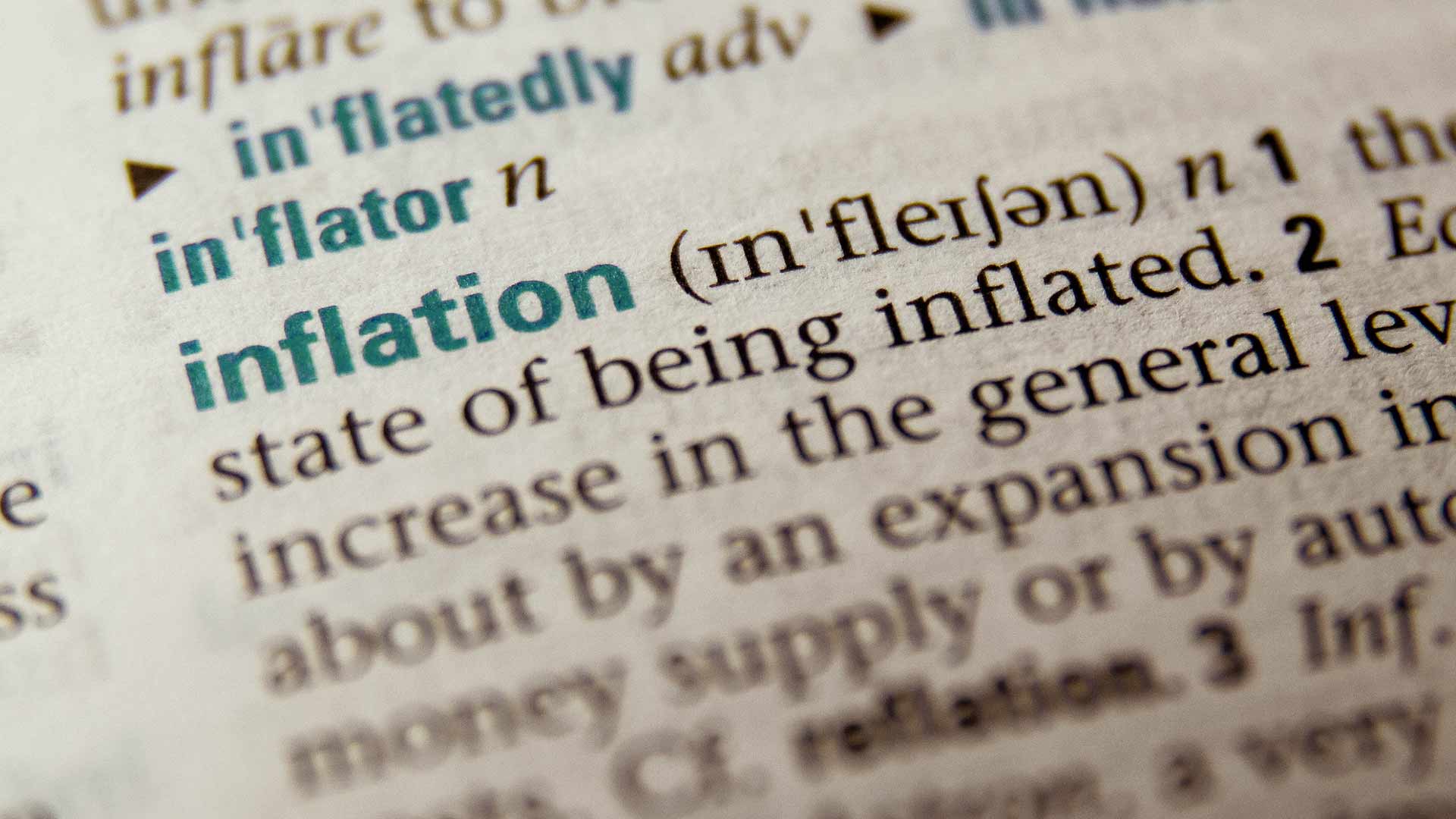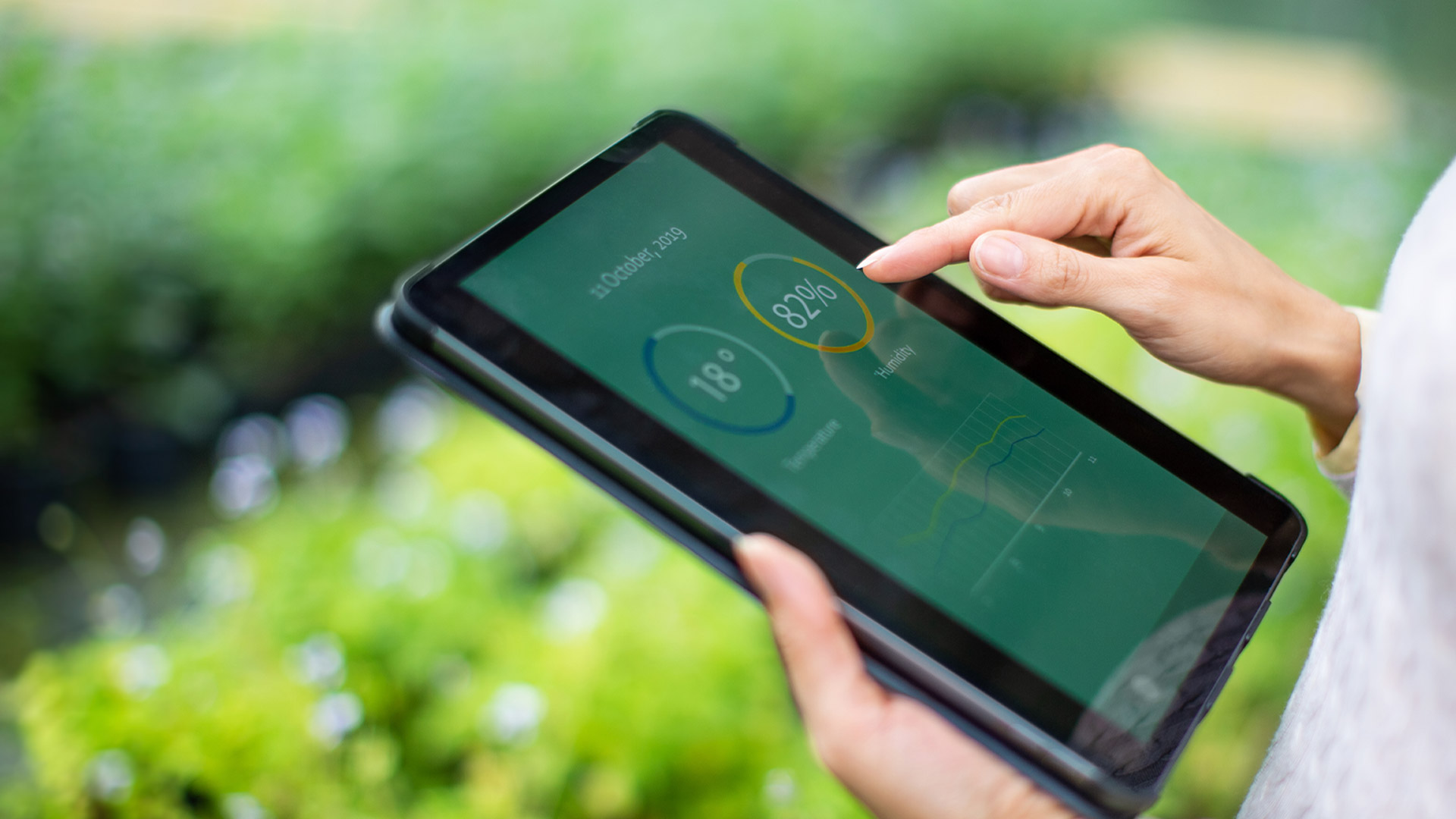Don’t have your Nedbank ID yet?
Nedbank ID single sign-on gives you full digital access to Nedbank’s banking and lifestyle products and services on the Money app or Online Banking.
Log in
Log in to Online Banking or another one of our secured services.
Bank your way with low fees and extra benefits.
Enjoy 55 days’ interest free credit and other benefits.
Buy, transfer or shop globally with a travel card.
Affordable loans and interest rates from R2k to R300k.
Up to 100% property loan and 105% for first-time buyers.
Debt management support when you need it the most.
Cover for you and your family in the event of death.
Car, building, house contents, valuables and more.
Bond, credit card, overdraft, loan and car repayments.
Guaranteed income and growth plans for future income.
Achieve your financial goals with expert planning.
We’ll help manage your assets, debts and estate planning.
Accounts
-
Everyday banking Simpler more affordable
-
Kids accounts For children under 16
-
Youth banking For 16 to 26 year olds
-
Seniors accounts For 55 years and older
-
Private Clients Personalised banking services
-
Private Wealth The globally integrated account
-
Digital wallet Your phone is your bank account
Credit cards
Digital banking
Switch to Nedbank
Fraud awareness
Forex
-
Send and receive international payments
Greenbacks
Accounts
-
On demand Money available at any time
-
In 24 hours Cash in your hand the next day
-
In 32 days Funds ready within a month
-
End of term Investments left until maturity
Investment services
Share trading
Personal loans
Home loans
Overdrafts
Vehicle finance
Solar finance
Debt assistance
Funeral cover
Short term insurance
Credit Life
Travel insurance
Business cover
Secure investments
Financial planning
Estate, wills & trust services
Nedbank Private Wealth
Speak to a financial adviser
Blog
Talk to us
Find us
- Login & Register
- Online Banking
- Online Share Trading
- NetBank Business
- NedFleet
- Nedbank Greenbacks
- Nedgroup Investments
- Nedbank ID
- Bank
- Accounts
- Credit cards
- Digital banking
- Switch to Nedbank
- Fraud awareness
- Forex
- Greenbacks
- Explore Bank
- Accounts
- Everyday banking
- Kids accounts
- Youth banking
- Seniors accounts
- Private Clients
- Private Wealth
- Digital wallet
- See all accounts
- Premium banking
- Get help choosing
- Goal saving
- Family Banking
- Refugees and asylum seekers
- FAQ
- How-to guides
- Discontinued accounts
- Everyday banking
- MiGoals Premium
- MiGoals Plus
- MiGoals
- Kids accounts
- MiGoals4Kids
- Youth banking
- MiGoals Premium
- MiGoals
- MiGoals Plus
- Seniors accounts
- MiGoals Premium Senior
- MiGoals Plus
- Private Clients
- Pay-as-you-use
- Young Professionals
- Private Bundle and Private One
- Private Wealth
- Private Wealth Bundle
- Digital wallet
- MobiMoney
- American Express
- Amex Gold
- Amex Platinum
- Digital banking
- Switch to Nedbank
- Fraud awareness
- Send and receive international payments
- Safe and secure incoming international payments
- Secure outgoing international payments
- To Africa
- Greenbacks
- Exclusive discounts
- FAQ
- How-to guides
- Save & Invest
- Accounts
- Investment services
- Share trading
- Explore Save & Invest
- In 24 hours
- JustInvest
- PlatinumInvest
- Tax-free Savings
- MoneyTrader
- EasyAccess Fixed Deposit
- PrimeSelect
- In 32 days
- Electronic 32Day Notice
- 32Day Notice
- End of term
- Tax-free Fixed Deposit
- Electronic Fixed Deposit
- Electronic Optimum Plus
- Platinum Fixed Deposit
- Fixed Deposit
- OptimumPlus
- Investment services
- Share trading
- Borrow
- Personal loans
- Home loans
- Student loans
- Overdrafts
- Vehicle finance
- Solar finance
- Debt assistance
- Explore Borrow
- Personal loans
- Loan consolidation
- Secondhand car loan
- Home improvement loan
- Exclusive short-term loan offers
- Explore loans
- FAQ
- How to guides
- Loan consolidation
- Secondhand car loan
- Home improvement loan
- Exclusive short-term loan offers
- Home loans
- Building loan
- Switching home loan
- Repossessed properties
- Start your home buying journey
- Solar-energy Finance
- Earn R32,000 p/m or less? See offer
- HomeVision extra funds
- Home-buying Toolkit
- Managing your home loan
- Explore home loans
- FAQ
- How to guides
- Track application
- Building loan
- Switching home loan
- Repossessed properties
- Start your home buying journey
- Solar-energy Finance
- Earn R32,000 p/m or less? See offer
- HomeVision extra funds
- Home-buying Toolkit
- Managing your home loan
- Student loans
- Explore student loans
- Overdrafts
- Vehicle finance
- Solar finance
- Debt assistance
- Consolidate all your debts into a simple loan | Nedbank
- Short-term payment relief | Nedbank
- Take charge and restructure your finances | Nedbank
- Assisted-sales solutions for homes and vehicles | Nedbank
- Flexible payment plans for loans and credit | Nedbank
- Understanding how repo rate works | Nedbank
- Consolidate all your debts into a simple loan | Nedbank
- Short-term payment relief | Nedbank
- Take charge and restructure your finances | Nedbank
- Assisted-sales solutions for homes and vehicles | Nedbank
- Flexible payment plans for loans and credit | Nedbank
- Understanding how repo rate works | Nedbank
- Insure
- Life cover
- Funeral cover
- Short term insurance
- Credit Life
- Travel insurance
- Business cover
- Secure investments
- Explore Insure
- Life cover
- Get a call back
- Explore MyCover life
- Funeral cover
- Individual R10,000
- Individual R30,000
- Family Cover
- Build your own cover
- Get a call back
- Explore MyCover Funeral
- Individual R10,000
- Individual R30,000
- Family Cover
- Build your own cover
- Short term insurance
- Vehicle insurance
- Building insurance
- House contents insurance
- Valuables insurance
- Valuables insurance
- Get a call back
- Explore MyCover short term insurance
- Vehicle insurance
- Building insurance
- House contents insurance
- Valuables insurance
- Valuables insurance
- Credit Life
- Home loan credit life
- MFC Vehicle Finance Assurance
- Overdraft Assurance
- Balance Protection Plan
- Personal loan Assurance
- Get a call back
- Explore credit life
- Home loan credit life
- MFC Vehicle Finance Assurance
- Overdraft Assurance
- Balance Protection Plan
- Personal loan Assurance
- Travel insurance
- Business cover
- Secure investments
- Guaranteed Growth Income Plan
- Guaranteed Growth Plan
- Get a call back
- Explore MyCover Funeral
- Guaranteed Growth Income Plan
- Guaranteed Growth Plan
- Plan
- Financial planning
- Estate, wills & trust services
- Nedbank Private Wealth
- Speak to a financial adviser
- Explore Plan
- Financial planning
- Investment planning
- Insurance planning
- Give
- Retirement planning
- Investment planning
- Insurance planning
- Give
- Retirement planning
- Estate, wills & trust services
- Will drafting
- Ensure your estate is managed by an executor | Nedbank
- Trust services
- Financial accounting
- Tax services
- Leave the admin of your estate to us, and not to your loved ones | Nedbank
- Will drafting
- Ensure your estate is managed by an executor | Nedbank
- Trust services
- Financial accounting
- Tax services
- Leave the admin of your estate to us, and not to your loved ones | Nedbank
- Nedbank Private Wealth
- Speak to a financial adviser
- Learn
- Blog
- Explore Learn
- Blog
- Contact us
- Talk to us
- Find us
- Explore Contact us
- Talk to us
- Find us
Don’t be fooled: small interest rate hikes do hurt
Don’t be fooled: small interest rate hikes do hurt
Staff writer
Posted 03/12/2021 Updated 13/11/2023 3 mins
Be aware of the knock-on effect of this year’s interest rate hikes.
The impact of Covid on the finances of millions of families will be felt for some time. The relief provided by the South African Reserve Bank (SARB) when it cut interest rates in April 2020 to their lowest level in more than 50 years was highly appreciated. The cuts had the effect of putting a few more rand in the pockets of many families, especially those with debt linked to the prime lending rate.
The repayments on a R1 million home loan, for example, are nearly R2,000 less than they were in January 2020. Before SARB cut the prime rate from 10% to 7%, you would have been paying closer to R9,650 if your home loan was granted at the prime lending rate. After the cuts, your monthly repayment is now about R7,750.
Why does this matter?
Pointing out these big savings in your budget is a way to illustrate that the good times will not last. And when rates do increase, so will the costs of any monthly debt that has a variable interest rate. Interest rates typically climb when there’s higher demand for goods and services. The pandemic has killed off a lot of demand, so prices, inflation and interest rates have fallen as well.
So far in 2021, SARB has said it expects to raise interest rates twice in the year, but probably only by 0.25% each time
But as the global economy starts to pick up again, so will inflation and interest rates. Not only will debt cost more, but the price of goods and services will go up too – so even a small increase in the prime rate can have a knock-on effect on your expenses. This means you should start preparing to tighten your belt a little if interest rates do go up in coming months.
When will this happen?
No one can say for sure when rates will be hiked again but keeping an ear to the ground every 2 months should give you a good idea of what to expect. SARB meets every second month from January to decide on interest rates. The nitty-gritty detail can be overwhelming and boring, but here’s what you need to listen out for:
- Have interest rates been lowered, left unchanged or increased?
- What is SARB’s outlook – to cut, leave alone or raise rates at future meetings in the year?
So far in 2021, SARB has said it expects to raise interest rates twice in the year, but probably only by 0.25% each time. That shouldn’t affect your budget much directly – on that R1 million home loan, a 0.25% increase would raise your repayment by about R150 to just more than R7,900. If both increases happen this year, you’ll be paying about R8,050 a month, amounting to R300 more per month just on your home loan.
But the knock-on effects we mentioned earlier could see some feeling the pinch, especially if we continue to have high food price inflation.
Is all my debt affected?
Fortunately, only credit that has a variable interest rate rises or falls in sync with the prime interest rate. This is typically debt like a home loan or a credit card. Some credit, like a personal loan and vehicle finance, will have a fixed interest rate. This makes them attractive products to get when interest rates are at historic lows. A fixed interest rate remains unchanged over the full term of the loan, no matter what happens to the prime lending rate.
It helps to be ready to take advantage of future cuts. Rate cuts are useful because you suddenly have some free cash flow
This means that when rates increase, as they certainly will do at some stage, you won’t have to adjust amounts in your budget because your repayments stay unchanged. You can tick those amounts off as fixed costs in your monthly budget for the full repayment period.
How to prepare
You can’t influence when or by how much interest rates change. All you can do is to prepare, so that you’re ready if they move up or down. This means paying attention when SARB next meets and makes a decision. This is widely covered on radio, television and other media – and you can find current and past rate adjustments on SARB’s website.
If rates do move up, or SARB says it’s considering raising rates later in the year, then it’s maybe time to start cutting back on luxury expenses. You can get an idea of how much more you’ll have to pay by using this calculator. Increase the interest rate shown so you can see how much more you’ll pay if the rate climbs by 0.25% or 0.5%.
Be ready the next time rates fall
Although interest rates are likely to stay unchanged for now, and then begin to rise again, you can expect them to peak at some point in the future, and then fall again. It helps to be ready to take advantage of future cuts. Rate cuts are useful because you suddenly have some free cash flow. But what’s even more useful is continuing to pay the same amount as before the change in the interest rate. In this way, your extra contribution reduces the payback period as well as the total interest you end up paying.
Or, you can take the savings from the interest rate cut and put that money into a savings account. Those with an emergency fund during Covid-19 lockdowns would have been grateful for the help it provided when salaries or jobs were cut.
The big take-away from the low interest rate environment is that it can’t last. Rates will slowly start climbing again, and if you have debt with a variable interest rate, your budget is going to be affected. Acting now can save you some fancy footwork when rates inevitably rise.








